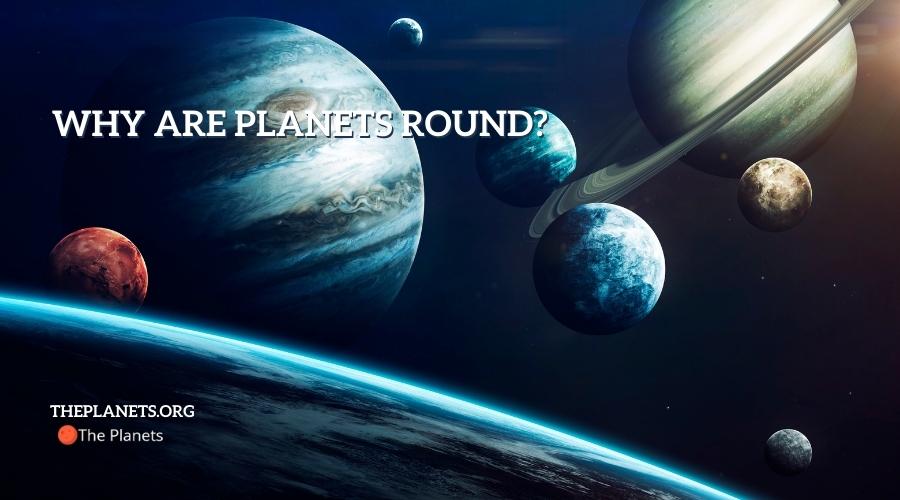
When you look at your science textbook at images of the Earth and other planets, you’ll notice that they look round. Planets aren’t entirely round but do have a round shape. This is due to the gravity of the planet. Gravity both pushes up and down on the planet and pulls it out from the sides, which makes it look round. It’s often better to think of planets in terms of spheres. Through spheres have a slightly round shape, they also have elongated edges around the sides. You can find out how gravity affects the shapes of all planets in our solar system below.
How Planets Form
There are many different shapes and objects in our world, which might leave you wondering why planets can look like cubes or squares. This is primarily due to how planets form. Every planet in our solar system started the same way: as a bundle of debris. That debris can include gases, ice or snow, rocks and other particles. Gravity causes the debris to come together and form a mass that will eventually become a planet. As the planet moves and spins, it will pick up additional debris that adds to its size. As each planet has a different type of gravity, this explains why some are larger than others.
Gravity as a Bicycle
An easy way to think about how gravity creates a round planet is when you think about it in terms of a bicycle. A bicycle wheel features spokes that extend from the center of the wheel to the outer edge to form a round shape. The gravity of a planet causes a similar thing to happen. Gravity pushes down on the top of the planet and pulls it down from the opposite end. It also forces the planet to push out on all sides, which creates the classic round shape that you expect.
Roundest Planets
If you think that Earth is the roundest planet, think again. The roundest planets in our solar system are Venus and Mercury. These planets mimic the shape of a marble. No matter what angle you use to view them, you’ll find that both planets are almost completely round.
Jupiter and Saturn
The two planets that are the least round are Jupiter and Saturn. Though both planets are round, they have bulges around their equators that stick out slightly. Gravity attempts to hold the planets together and to keep all particles contained. These two planets are large and have a system of rings in their atmospheres. As the planets spin, gravity tries to keep the particles contained but cannot accommodate the weight of the planets. This is why the edges bulge out towards the rings.
Earth
One of the planets that is almost completely round is the Earth. It is less than one percent wider around the middle of the planet, which keeps it from being round. Unless you view images taken from space, it’s hard to see the thicker areas. Mars, Uranus, Neptune and Venus all have slightly thicker center portions that stop them from being a sphere.
Isostatic Adjustment
Experts use the term isostatic adjustment to describe why planets are round or spherical. A good way to see why this happens is with a piece of clay. You can use your hands as gravity. As you roll the clay between your hands, you create a spherical shape. Planets have a center mass that is similar to the clay. When you roll around the clay, you pick up traces of dirt from your hands and small pieces of clay to form the ball. The gravitational pull that a planet has will attract other debris from space and pull it into the planet. This force follows the natural mass in the center of the planet and creates a round shape.
Planet Rotations
Planets are also round because of the way they rotate. Those rotations work with the gravitational force to keep the original shape of the planet. This is why planets do not typically change in shape. Gravitational forces keep the planets rotating and add to their round shapes. Most planets are more spherical than round because they have wider edges near the equator, including Earth, Venus, Neptune and Uranus.